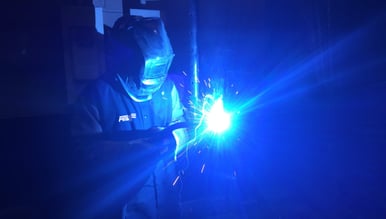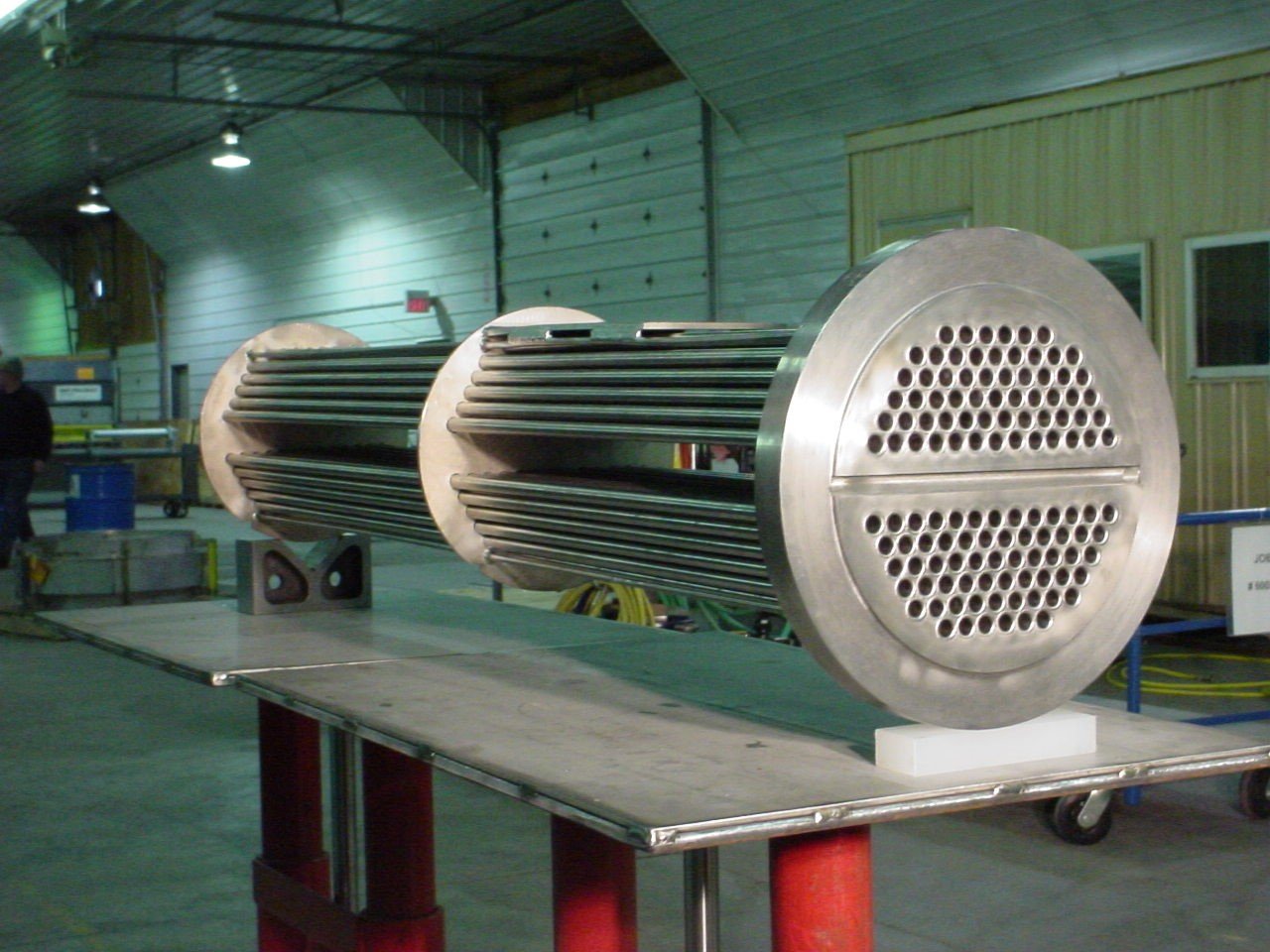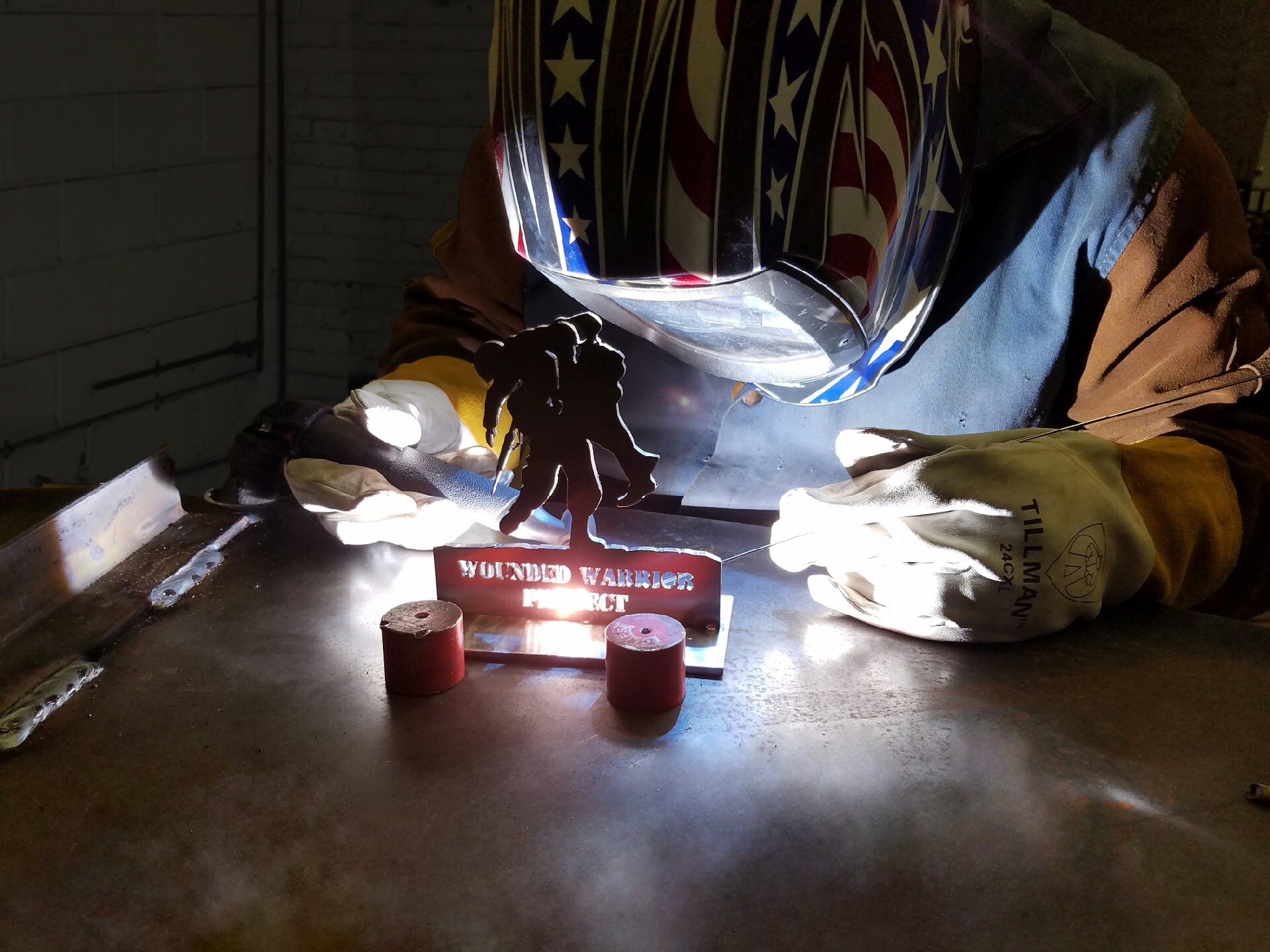While one of the most widely used and accessible methods of welding, gas metal arc welding (GMAW) is actually a balancing act of many important variables that greatly affect the quality of the weld. Commonly known as MIG welding (short for “metal inert gas”), this method utilizes a consumable metal as an electrode like shielded metal arc welding in the form of a wire. The wire is fed semi-automatically or automatically through a gun that supplies the shielding gas necessary for protecting the weld pool from exposure to the atmosphere.
How Does It Work?
As the wire is fed, the arc created consumes the wire and brings it to flow into the workpieces. Voltage and wire feed rate is varied depending on the thickness and properties of the workpieces. One must also take into account the welding gun angle to ensure  even distribution and contact along the weld seam. If these variables are not accounted for correctly, the weld will not form properly. If the voltage is too low and the feed rate is too high, then the weld will likely splatter and not penetrate. If the angle of the welding gun is incorrect, heat will not be evenly distributed and the filler metal will not flow into both workpieces.
even distribution and contact along the weld seam. If these variables are not accounted for correctly, the weld will not form properly. If the voltage is too low and the feed rate is too high, then the weld will likely splatter and not penetrate. If the angle of the welding gun is incorrect, heat will not be evenly distributed and the filler metal will not flow into both workpieces.
MIG Welding Engineers
Welding engineers balance these factors in unique ways, lending to the philosophy of welding as an art more than science. One of the ways that welding engineers control these variables in MIG welding is in their weld distribution pattern also known as a weave or oscillation. A welding engineer might make a cursive “u” or triangle loop pattern, a zig-zag stitch pattern, or even a whip pattern to evenly distribute heat. Different joints also require consideration, as one method may be better suited for different joints.
Automated or Manual?
MIG welding can be automated and manual. With the adjustable wire feed rate, automating the process is often used in conjunction with robotics. Coupling a self-adjusting robotic system with a MIG welding unit increases both efficiency and consistency on parts that require extra precision. Vision systems and an autonomous controller allow the robot to assess the workpieces and apply the best weld. This breakthrough in robotics ushered in mass production to the fabrication industry.
MIG welding was developed in 1948 and quickly grew in popularity in the sheet metal industry, where it specialized in medium to light sheets. The automobile industry replaced inconsistent resistance welding with MIG welding. Couple the rising popularity of muscle cars with the ability to quickly weld sheet metal and it is easy to see why MIG welding became so ubiquitous.


 Specialty Metals- Tantalum
Specialty Metals- Tantalum